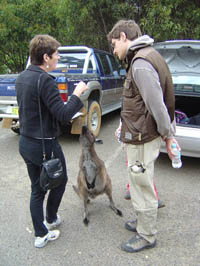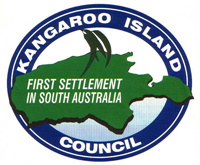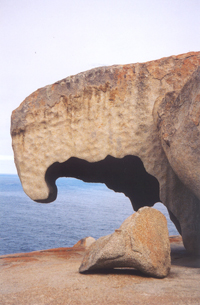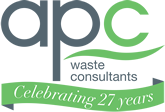- home
- our team
- capability
- Waste Characterisation Audits
- Waste Management Plans & Strategies
- Community Consultation & Stakeholder Engagement
- Resource Recovery & AWT Options Assessments
- Operational and Infrastructure Assessments
- Tendering Services
- Education and Training
- International Development
- Carbon Management
- Australian Packaging Covenant Compliance
- Product Stewardship & Supply Chain Sustainability
- Indigenous Waste Management Solutions
- Remote & Island Waste Management Solutions
- experience
- Waste Characterisation
- Waste Management Plans and Strategies
- Community Consultation and Stakeholder Engagement
- Resource Recovery and AWT Options Assessment
- Asset Management
- Operational and Infrastructure Assessments
- Tendering Services
- Education and Training
- Australian Packaging Covenant Compliance
- Product Stewardship and Supply Chain Sustainability
- Indigenous Waste Management Solutions
- Remote and Island Waste Management Solutions
- Data Collection and Analysis
- case studies
- publications
- contact
- admin@aprince.com.au
- +61 2 9907 0994
Kangaroo Island
Remote and Island Waste Management Solutions
Kangaroo Island is Australia’s third largest offshore island and situated 17 kms off the Fleurieu Peninsula in South Australia. Thirty percent of its landmass is protected as national park or wilderness area, making it a Mecca for more than 150,000 tourists annually. The island also sustains a resident population of 4,300.
Previous Waste Disposal – Kangaroo Island traditionally buried its waste with little or no resource recovery or waste separation.
Waste Strategy Development – Zero Waste South Australia (ZWSA) provided funding for Kangaroo Island Council (KIC) to engage APC to develop an Integrated Waste Management Plan. The recommendations arising from the plan were based on sound qualitative and quantitative research, including extensive stakeholder engagement, community consultation, market research and a waste audit of public-place, domestic, commercial and transfer-station waste streams. A cost–benefit analysis explored the options for disposal and processing of waste and recyclables. A landfill screening study created a shortlist of potential new landfill  sites. The plan contained a strategic framework with detailed action plan, time line, targets, budget and 95 recommendations.
sites. The plan contained a strategic framework with detailed action plan, time line, targets, budget and 95 recommendations.
Waste Strategy Initiatives – The Plan recommended the closure of the landfill facility and two small rural transfer stations, replaced by a single transfer station and resource-recovery centre with pricing policy to encourage source separation and the introduction of gate fees. Weekly kerbside collection of garbage and recycling in a divided bin was introduced. All residual waste and recyclables were exported to the mainland for processing or disposal. A compost program for garden waste was also established. In response to the closure of rural transfer stations, compounds were set up for self-hauled waste. In addition, a significant and comprehensive education and communication program was developed and delivered by Keep South Australia  Beautiful (KESAB).
Beautiful (KESAB).
Outcomes – APC undertook measurement and monitoring of the program over a five-year period including annual waste audits to determine kerbside system performance and overall waste diversion. In 2010 the diversion from landfill by the kerbside collection program was 38 per cent for domestic premises, while the entire island’s diversion peaked at 72 per cent in 2007.
